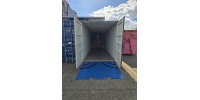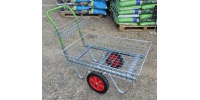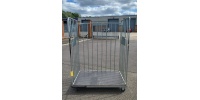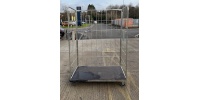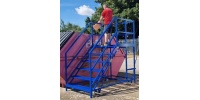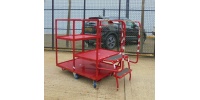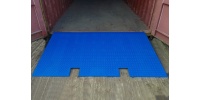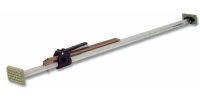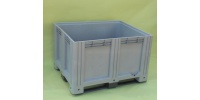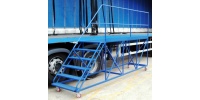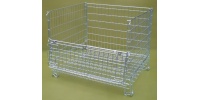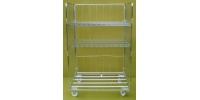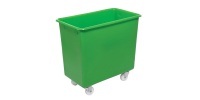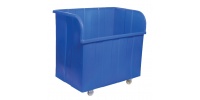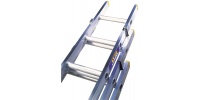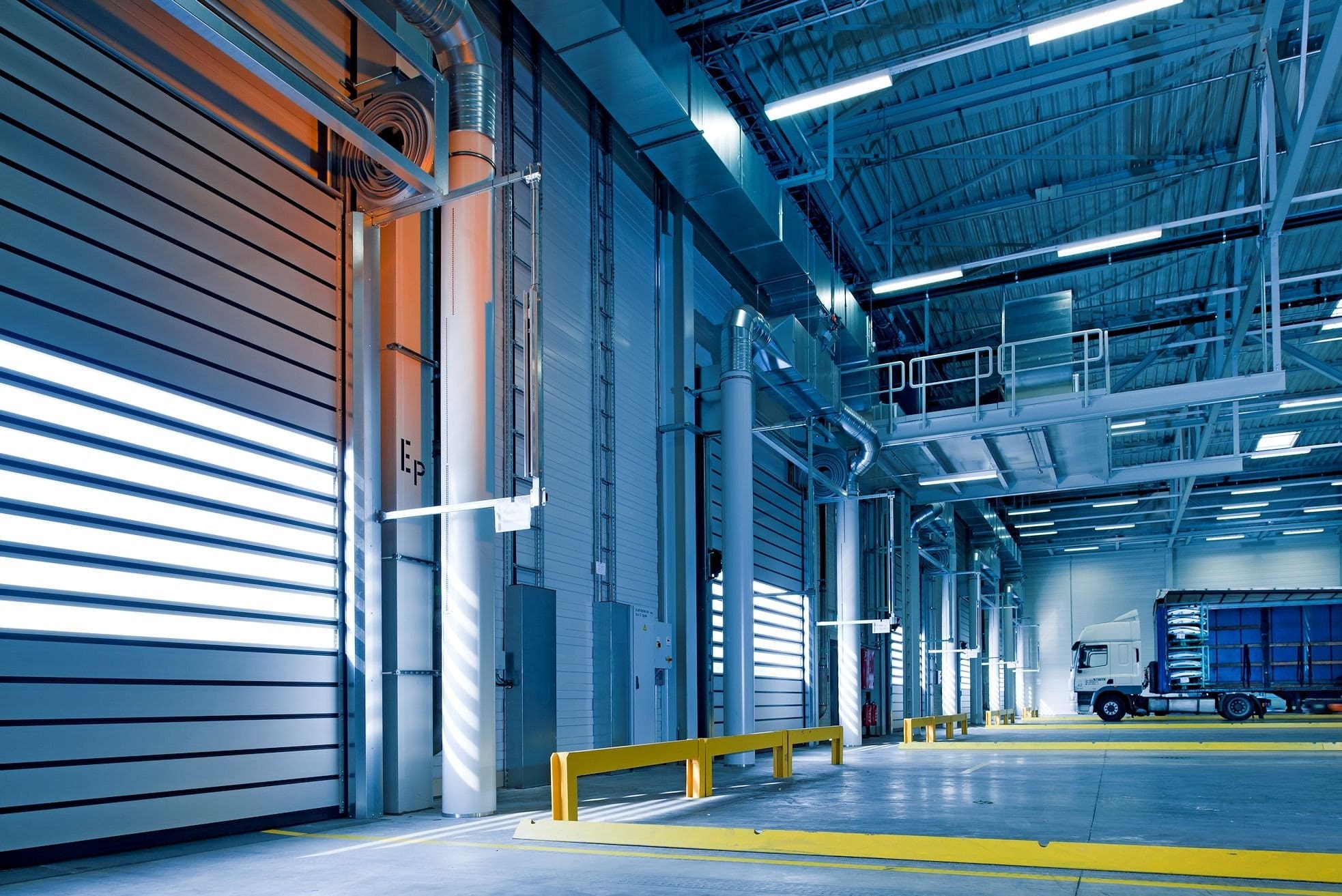Wood is often thought of as the ultimate answer to sustainability, but the humble pallet can stack a lot of ecological headaches. Calculating carbon footprints is notoriously complex, so here are the boiled-down basics of how the Victorian-era wooden pallet performs on the modern stage!
Carbon Release
As trees grow, they absorb carbon, which is then locked into the wood. This removes CO2 from the atmosphere, which is important. However, the problem occurs at the end of the product lifecycle when the wood is frequently burned, releasing the stored greenhouse gasses back into the air. As such, wooden pallets are only environmentally neutral if a replacement tree is planted for each one, a practice that is extraordinarily rare. In contrast, metal can be melted and reused without releasing harmful levels of CO2, and without the need for expensive compensatory strategies.
Toxic Chemicals
As a bio environment, wood is home to multitudes of microorganisms. When they are shipped around the world, foreign bacteria, beetles, and fungi can disrupt ecosystems, leading to an import ban on untreated timber in many areas. Countries that still allow foreign-made pallets often have laws in place requiring the wood to be treated with chemicals such as methyl bromide. This highly toxic pesticide can cause seizures, comas, and irreversible neuromuscular and cognitive damage in humans, and releases methane into the environment. The latter is such a dangerous ozone-depleting greenhouse gas that methyl bromide is being phased out globally under the Montreal Protocol. In contrast, metal pallets have no requirement for toxic treatments, and are therefore globally welcomed.
Longevity
To make them economically viable, wooden pallets are made from thin, flimsy wood that usually survives just a single journey. There is a double irony in this, as most pallets are manufactured in East Asia and then shipped to the UK – a journey of up to a month – only to be used once, generating a staggering carbon footprint. Metal stillages, which can often be used and re-used for around seven years, represent a much more sustainable option.
The Verdict!
It’s no surprise that with its heavy carbon footprint, toxic emissions, short lifespan, and dubious ethics, the antiquated wooden pallet scores a meagre two stars on the modern stage. It’s only earned those two stars because the design has continued to perform for nearly 200 years, and even if the show is a disappointing one the customers keep coming. Even so, at Steps and Stillages, we think it’s time to close the curtain on this unsustainable solution and give metal stillages a chance in the spotlight. Long-lasting, low-carbon, and cost-effective, this show is worth booking a front-row seat for.
Next Steps
If you’d like to learn more about sustainable pallet solutions, we can help. For more information, please browse our online product catalogue.
Image Source: Pexels

